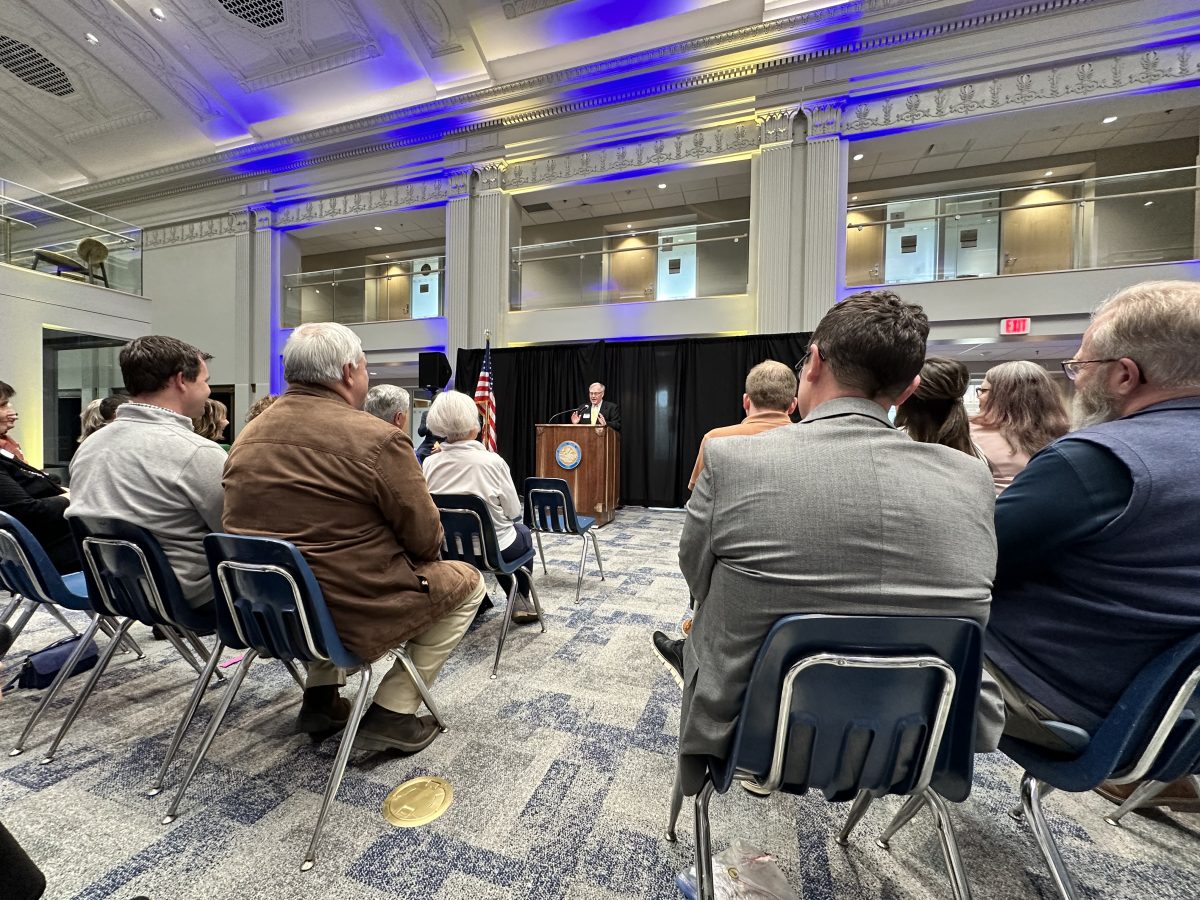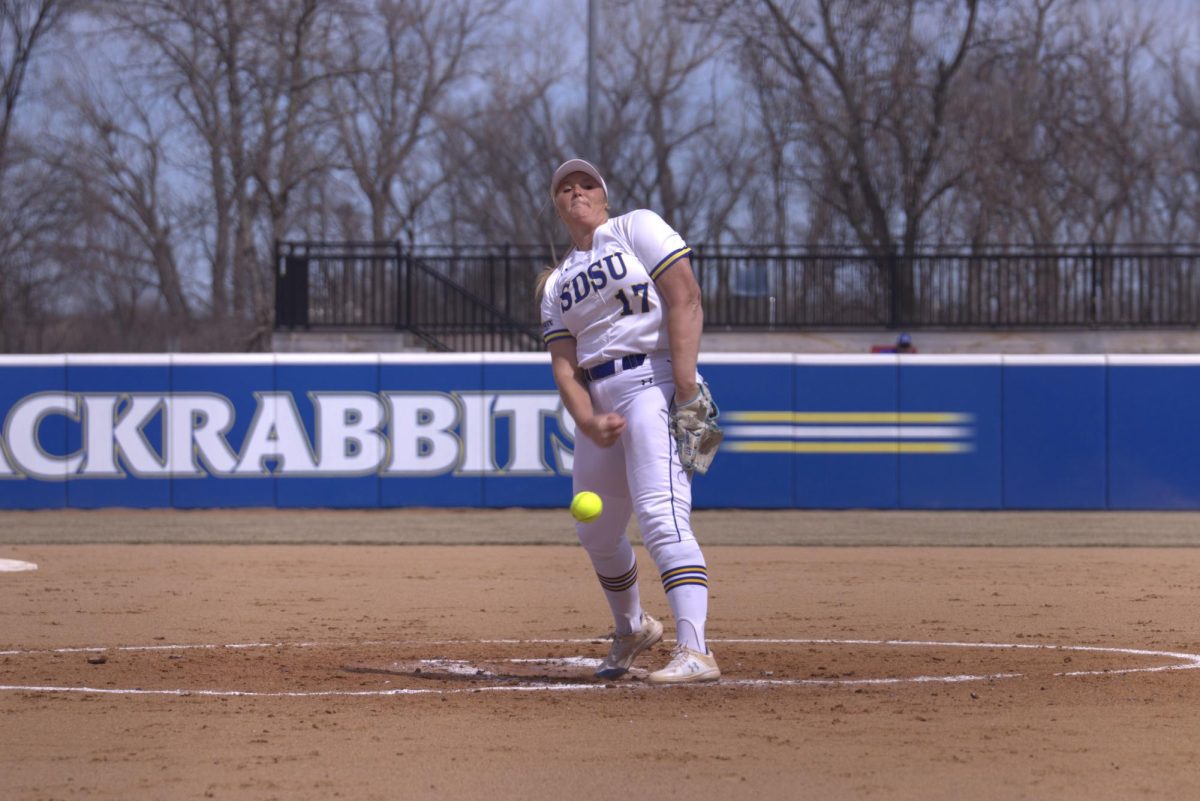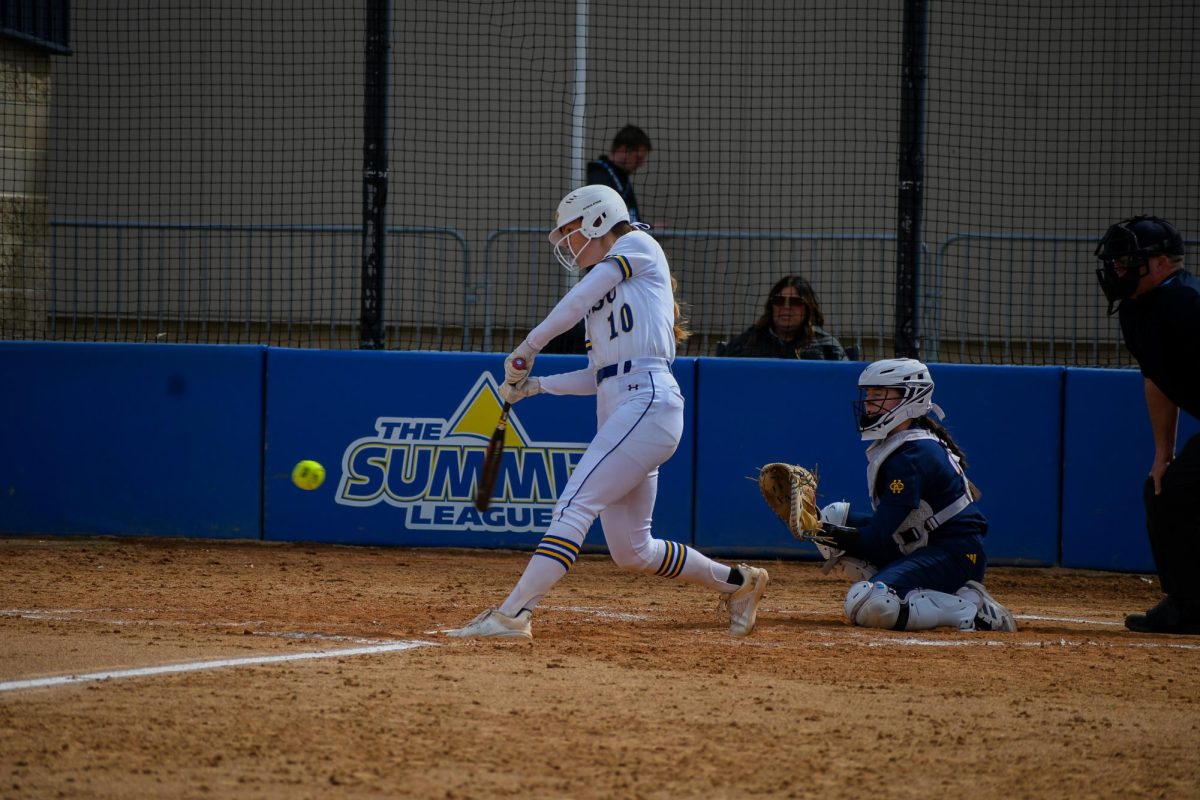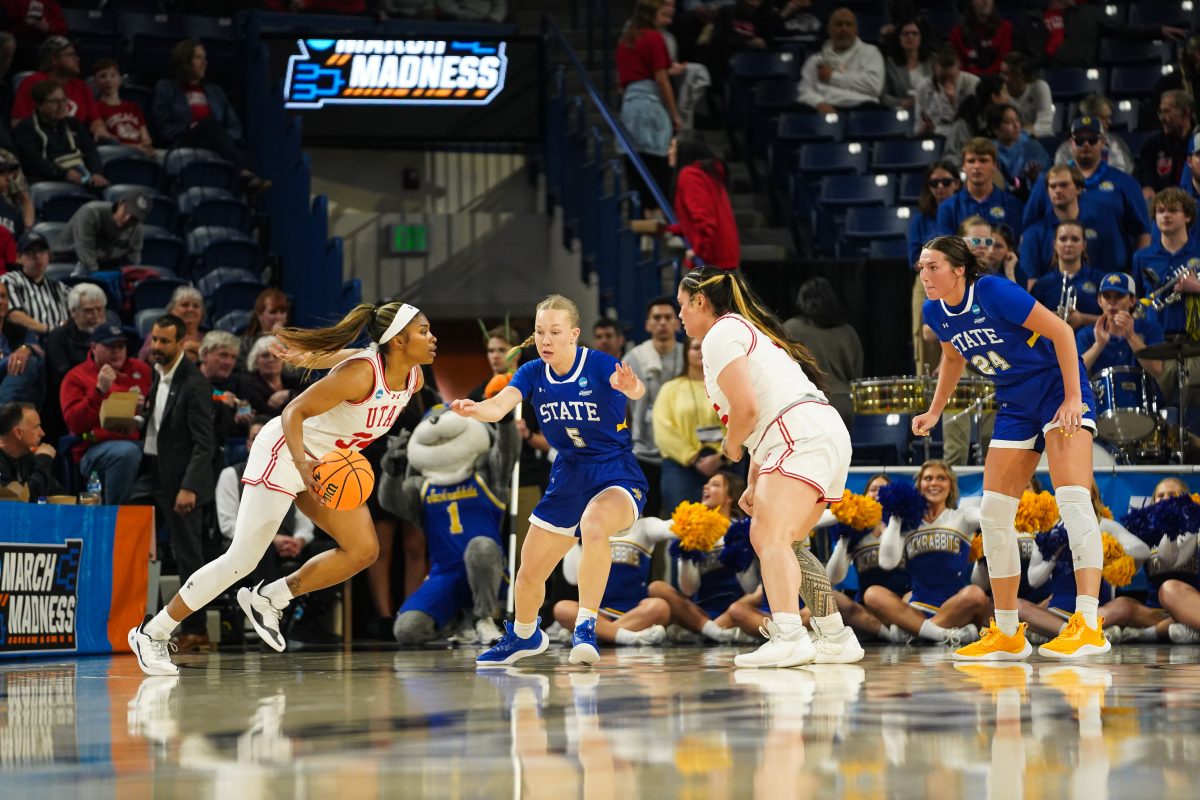Economy causes scholarship woes
March 2, 2010
Ellen Nelson
Scholarships during this down time of the national economy are a crucial factor for some students to determine their capability to attend a university or not. This school year, more than 2,700 SDSU students received a portion of the $4.2 million scholarship funds available through the University. With a slumped economy, concern arises whether that scholarship money will be available in the future.
“It starts with State” is the name of the capital campaign of the SDSU Foundation to raise $190 million for the University by December of 2012. This campaign helps contribute funds to SDSU Foundation scholarships including the Jackrabbit Guarantee program, the Foundation Scholarship and the Briggs Memorial Scholarship.
Beginning in 2007, the campaign recently passed its halfway point at $14 million. Despite the current economic slowdown, SDSU received a $15 million donation from Avera, specifically for the construction of the Avera Health and Science Complex.
Steve Erpenbach, president and CEO of the SDSU Foundation, said he is content on where the campaign is at right now. Erpenbach said SDSU receives donations from more than 17,000 different individuals and donors.
“We try to raise as many dollars as possible,” said Erpenbach. “We’re very encouraged about our prospects for the momentum of the campaign in 2010 and the upcoming academic year; there’s a lot of support.”
Scholarship programs that rely on funds available through donations are the Jackrabbit Guarantee, which provides students with a minimum of $1,000 per school year, the Foundation Scholarship, with $3,000 per school year and the Briggs scholarship that provides qualified students with $6,500 a year. The different scholarships are given to Jackrabbits based on ACT scores and overall academic performance.
Pre-pharmacy freshman Scott O’Connell of Cushing, Iowa, is one of 2,700 SDSU students who received a portion of the $4.2 million scholarship funds from SDSU this academic school year.
“One of the main reasons why I chose to go here was because of the scholarships,” he said. “With them, it turned out to be the cheapest school (to attend).”
Other schools that were financially comparable and were considered by O’Connell were Iowa State, Northwestern in Orange City and Wayne State.
Once accepted to SDSU in January of 2009, O’Connell made certain to apply for scholarships early, in hopes of receiving one. With five more years of rigorous pharmacy schooling ahead of him, he is keeping his fingers crossed that alumni continue to be generous with Foundation donations and that scholarships will continue to be available in upcoming years.
In addition to providing financial support through scholarships for students, other goals of the campaign include strengthening faculty with endowed faculty positions, funding endowments, as well as providing stately surroundings of new and revitalized facilities and athletics.
Along with scholarship availability, tuition cost is another leading factor in whether students can afford to attend SDSU. Tuition serves many functions, including developing, compiling and maintaining SDSU’s budget. Jeri Kurtz, director of institutional research & senior budget analyst, said tuition increases for next year is anything but concrete right now.
“Everything is really up in the air right now until more decisions are made,” said Kurtz. “I doubt that the increase (in tuition rates) will be very much because of the current economic status.”
She explained that SDSU, along with the budget office, does not want students to be impacted by the state of the economy if they can help it. Typically, by the end of March, tuition rates for the upcoming academic year will be implemented, she said.
As tuition rates for next year are pending, O’Connell, along with other scholarship recipients, are crossing their fingers that despite the economic status, scholarship funds will still be available.






















